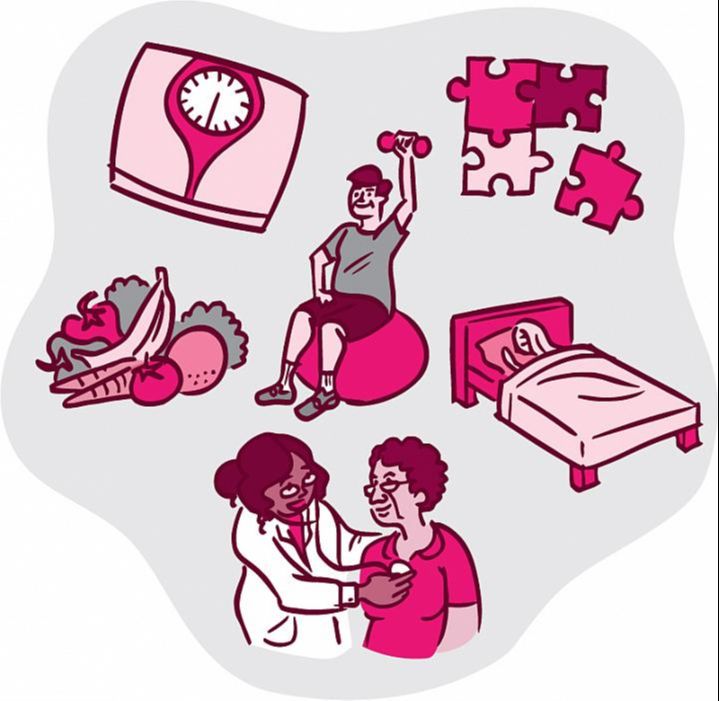Back Pain

Back pain is a widespread condition characterized by discomfort that can range from mild and temporary to severe and chronic. It can impact various parts of the back, including muscles, ligaments, nerves, or the spine, resulting from a variety of factors such as improper posture, injuries, or degenerative conditions.
Who is susceptible to Back Pain?
Individuals of any age can experience back pain. However, certain factors may heighten the risk, including aging, lack of regular exercise, poor posture, obesity, pregnancy, and occupations that involve heavy lifting, repetitive movements, or extended periods of sitting.
What are the potential causes of Back Pain?
Numerous causes can contribute to back pain, including muscle strains or sprains, herniated discs, spinal stenosis, osteoarthritis, and injuries to the spine or surrounding tissues. In some instances, underlying conditions such as kidney stones or infections may result in back pain.
How does Back Pain typically begin?
Back pain can either manifest suddenly, as with an injury, or gradually develop over time due to poor posture or repetitive strain. It can occur anywhere along the spine, from the neck to the lower back.
What symptoms might accompany Back Pain?
Back pain symptoms can include aching, stiffness, sharp or shooting pain, and a reduced range of motion. In some cases, the pain may radiate to other areas of the body, such as the arms or legs.
How do doctors diagnose Back Pain?
A diagnosis of back pain is typically based on a physical examination, an individual's medical history, and a description of their symptoms. To assess the underlying cause and rule out other potential issues, a doctor may order tests such as X-rays, MRI, or CT scans.
What are the possible treatments for Back Pain?
Back pain treatment depends on the root cause and may involve a combination of self-care measures, medications, and physical therapy. Over-the-counter pain relievers, ice or heat therapy, and gentle stretching exercises can help alleviate mild to moderate pain. For more severe or chronic pain, a doctor may prescribe stronger medications, physical therapy, or other treatments such as acupuncture, massage, or spinal manipulation.
What complications may arise from untreated Back Pain?
If chronic back pain is left untreated, complications may include limited mobility, reduced quality of life, and an increased risk of developing other health issues, such as depression.
How can I prevent Back Pain?
Preventing back pain involves maintaining a healthy lifestyle and taking steps to minimize risk factors. This includes regular exercise, maintaining a healthy weight, practicing good posture, using proper lifting techniques, and ensuring a supportive and comfortable workspace.
What does long-term management of Back Pain entail?
Long-term management of back pain may require ongoing self-care measures, exercise, and therapy to maintain spinal health and prevent recurrence. Regular checkups and monitoring can help identify any underlying issues and ensure appropriate treatment.
What does recent research say about Back Pain?
Recent back pain research focuses on understanding the underlying causes, enhancing treatment options, and identifying new treatment approaches. Studies are investigating the role of genetics, inflammation, and lifestyle factors in the development of back pain. Additionally, research is being conducted on novel therapies and interventions to help manage pain and improve overall spinal health.
Where can I find more information on Back Pain?
For more information on back pain, visit the Mayo Clinic website, American Chiropractic Association website, the National Institute of Arthritis and Musculoskeletal and Skin Diseases (NIAMS) website, or contact a local healthcare professional.

